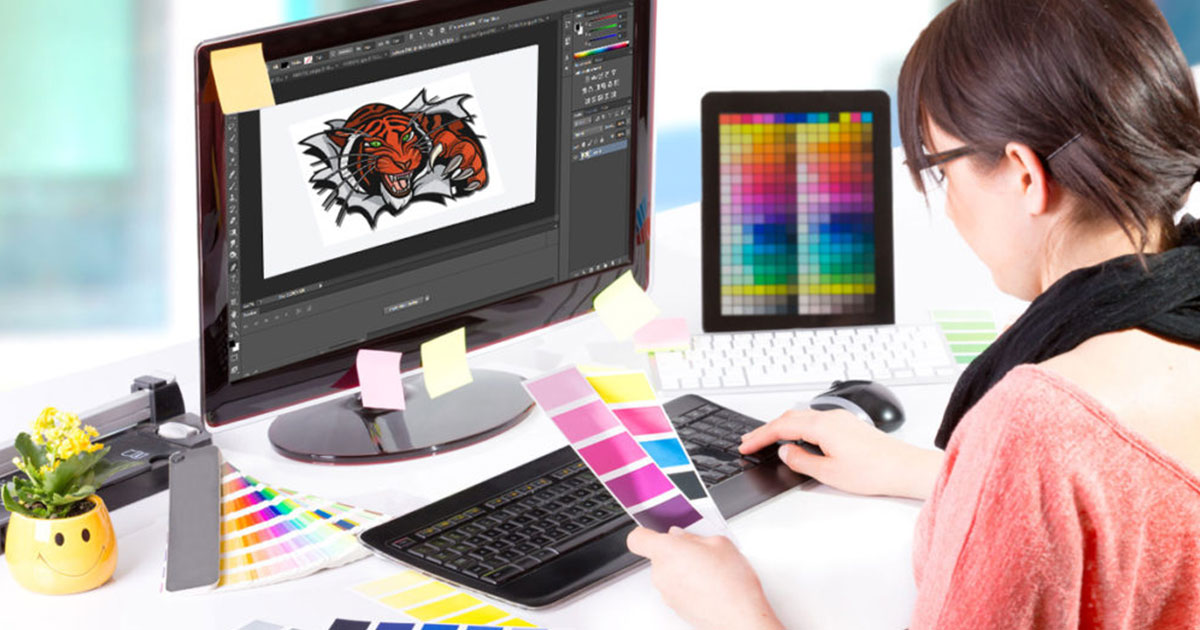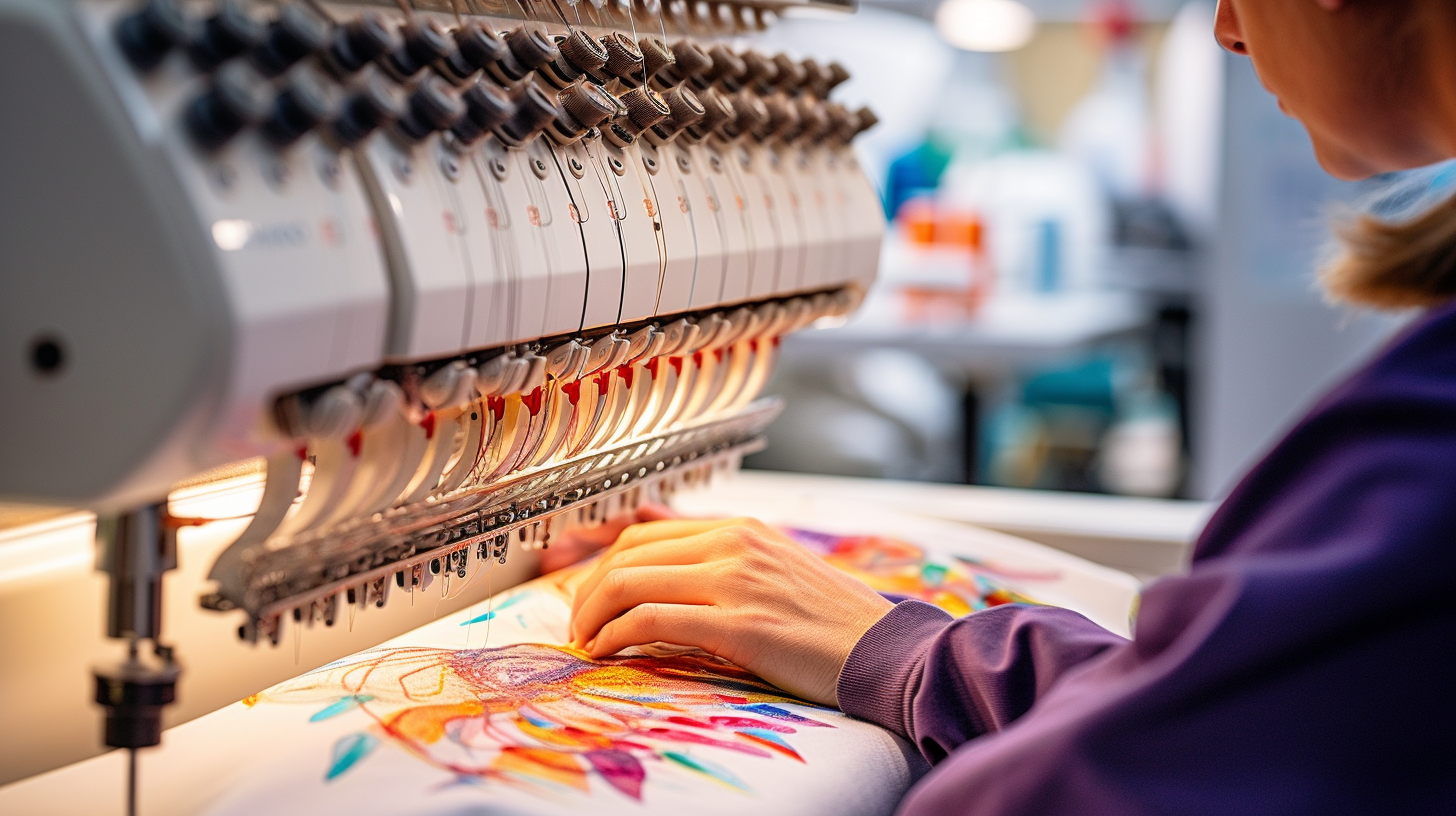Professional Digitizing for Embroidery: Rapid and Reliable Solution
Understanding the Embroidery Digitizing Refine: Your Ultimate Guide
Embroidery digitizing is a thorough craft that needs precision and experience to translate elaborate designs right into electronic formats for machine embroidery. As artisans begin on this trip to grasp the needlework digitizing procedure, an extensive understanding of the basics sets the structure for quality.

Recognizing Needlework Digitizing Essentials
Embroidery digitizing fundamentals create the foundation upon which detailed layouts are equated into machine-readable layouts for precise sewing. This first action in the embroidery digitizing process is vital for making sure that the last embroidered item is a loyal representation of the initial design. Understanding embroidery digitizing fundamentals includes comprehending essential ideas such as stitch kinds, stitch direction, thickness, underlay, and draw payment.
Sew kinds play an essential role in identifying the visual and textural result of the stitched style. By choosing the suitable stitch type, whether it be satin, fill, or running stitch, digitizers can attain the preferred result and improve the general high quality of the embroidery. Additionally, sew direction influences the circulation and measurement of the style, while thickness determines the spacing and insurance coverage of the stitches.
Additionally, underlay sewing supplies stability to the layout by securing the textile and protecting against distortion during the embroidery procedure. Draw settlement is another necessary factor to consider to combat the all-natural tendency of textile to contract when sewn. Grasping these needlework digitizing basics is fundamental for producing professional-quality embroidered items.
Picking the Right Digitizing Software Application
Choosing the appropriate digitizing software is a crucial decision that dramatically affects the effectiveness and quality of the needlework digitizing process. Digitizing for Embroidery. When picking the appropriate digitizing software application, it is vital to take into consideration variables such as the complexity of layouts you intend to produce, the user-friendliness of the software program, the level of customer support provided, and the compatibility with your embroidery machine
There are various digitizing software application alternatives available in the marketplace, ranging from standard programs for beginners to sophisticated software application for specialist digitizers. Some prominent choices consist of Wilcom EmbroideryStudio, Hatch Needlework Software Application, and PulseID. These software provide a vast variety of devices and functions to aid you develop intricate styles with ease.
Before click here for info choosing, it is a good idea to discover the various software options with cost-free tests or trials to determine which one best fits your needs. Additionally, reading reviews and looking for suggestions from knowledgeable digitizers can give valuable understandings right into the strengths and weak points of each software application plan (Digitizing for Embroidery). By meticulously evaluating your needs and comparing the features of various digitizing software application, you can make an informed option that improves your embroidery digitizing operations
Digitizing Tools and Methods

Optimizing Design Setup for Embroidery
Mastering the ins and outs of layout setups is basic in attaining optimum outcomes in the needlework digitizing process, structure upon the structure laid by understanding digitizing devices and methods. When optimizing layout settings for needlework, it is vital to consider variables such as stitch kind, thickness, underlay, pull payment, and enrollment. Enrollment setups align various elements of the style precisely, keeping general style honesty.

Troubleshooting Common Digitizing Issues
When experiencing common digitizing issues during the embroidery process, it is necessary to comprehend the source and carry out effective remedies quickly. One common problem is stitch thickness issues, where stitches might be as well dense, triggering the fabric to tighten, or too thin, causing spaces in the layout. Readjusting the stitch thickness settings in the digitizing software program can aid resolve this concern.
An additional regular difficulty is thread breaks throughout the needlework process. This can occur due to various factors such as wrong tension settings, dull needles, or utilizing low-quality string. Making certain correct upkeep of the embroidery machine, including normal needle modifications and stress modifications, can decrease the event of string breaks.
In addition, layout enrollment errors can result in misaligned elements within the embroidery design. Checking the layout placement in the digitizing software and making necessary adjustments prior to sewing can help in avoiding this concern. By resolving these typical digitizing concerns quickly and link successfully, you can make sure a smoother needlework process and top notch finished items.
Final Thought
To conclude, grasping the needlework digitizing process needs a solid understanding of the basics, the best choice of software, and knowledge of devices and techniques. Maximizing design settings and repairing usual digitizing issues are essential action in guaranteeing high-grade needlework results. By adhering to these steps vigilantly, one can accomplish accuracy and efficiency in the digitizing process.